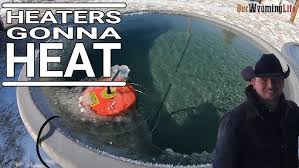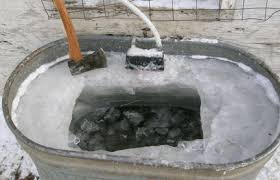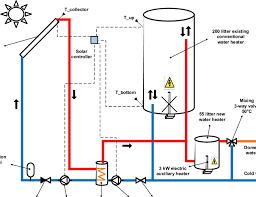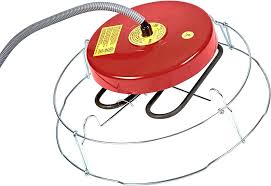Understanding Water Trough Heaters: Essential for Livestock in Cold Climates
Maintaining a consistent water supply for livestock during winter months is a critical concern for farmers. As temperatures drop, water in troughs can freeze, leaving cattle, pigs, and other animals without access to one of their most essential resources. This is where water trough heaters come into play. These devices ensure that water remains unfrozen, providing a reliable source of hydration for livestock, even in the harshest conditions.
Types of Water Trough Heaters

Water trough heaters come in various types, each designed to suit different needs and environments. Understanding these options can help you choose the right solution for your farm.
1. Submersible Heaters Submersible water trough heaters are designed to be placed directly into the water. These heaters are typically thermostatically controlled, meaning they only operate when the water temperature drops below a certain point. This energy-efficient design prevents the water from freezing while minimizing power consumption. Submersible heaters are ideal for use in both large and small troughs.
2. Floating Heaters As the name suggests, floating heaters rest on the water’s surface. These devices are also thermostatically controlled and are effective in keeping a large surface area free of ice. Floating heaters are particularly useful in larger tanks where ice can form quickly, as they can maintain a more consistent temperature across the water’s surface.
3. Drain Plug Heaters Drain plug heaters are installed in the drain hole of a water trough. This design allows for a more permanent and discreet heating solution, as the heater is concealed within the trough. Like submersible and floating heaters, drain plug heaters are typically thermostatically controlled and are excellent for keeping the entire water volume from freezing.
4. Propane Heaters In extremely cold climates, propane heaters may be necessary. These heaters use propane fuel to warm the water, and they can be a lifesaver when temperatures drop well below freezing. However, propane heaters require regular maintenance and monitoring to ensure they operate safely and effectively. They are also more costly to run compared to electric heaters, making them a choice typically reserved for particularly harsh winters.
Benefits of Using Water Trough Heaters

1. Ensuring Livestock Health Access to fresh, unfrozen water is essential for livestock health. Dehydration can lead to a range of health problems, from reduced milk production in dairy cows to poor growth in young animals. By using a water trough heater, you can ensure that your livestock has continuous access to water, regardless of the outside temperature.
2. Energy Efficiency Modern water trough heaters are designed to be energy-efficient. Thermostatically controlled models only activate when the water temperature drops to a certain level, ensuring that energy is not wasted. This feature is not only cost-effective but also environmentally friendly.
3. Ease of Installation and Use Water trough heaters are generally easy to install and use. Most models are designed for plug-and-play operation, meaning you simply place them in the trough and plug them in. Some heaters also come with built-in safety features, such as automatic shut-off mechanisms, to prevent overheating and ensure safe operation.
Tips for Using Water Trough Heaters Effectively

1. Regular Maintenance Like any piece of equipment, water trough heaters require regular maintenance to operate effectively. Check the heater periodically for signs of wear or damage, and clean it as needed to prevent debris from accumulating.
2. Insulate Your Troughs In addition to using a heater, consider insulating your water troughs. Insulation can help retain heat, reducing the amount of work the heater has to do. This not only prolongs the life of the heater but also saves energy.
3. Monitor Water Levels Ensure that your water trough is always filled to an appropriate level. If the water level drops too low, the heater may not function properly, and the trough could freeze over. Regularly check and refill the trough as needed.
Conclusion
Water trough heaters are an invaluable tool for livestock farmers in cold climates. By preventing water from freezing, these heaters ensure that animals have constant access to the hydration they need to stay healthy and productive. With a variety of options available, from submersible heaters to propane models, there’s a solution for every farm’s needs. By choosing the right heater and using it effectively, you can safeguard your livestock against the challenges of winter and maintain their well-being throughout the season.




